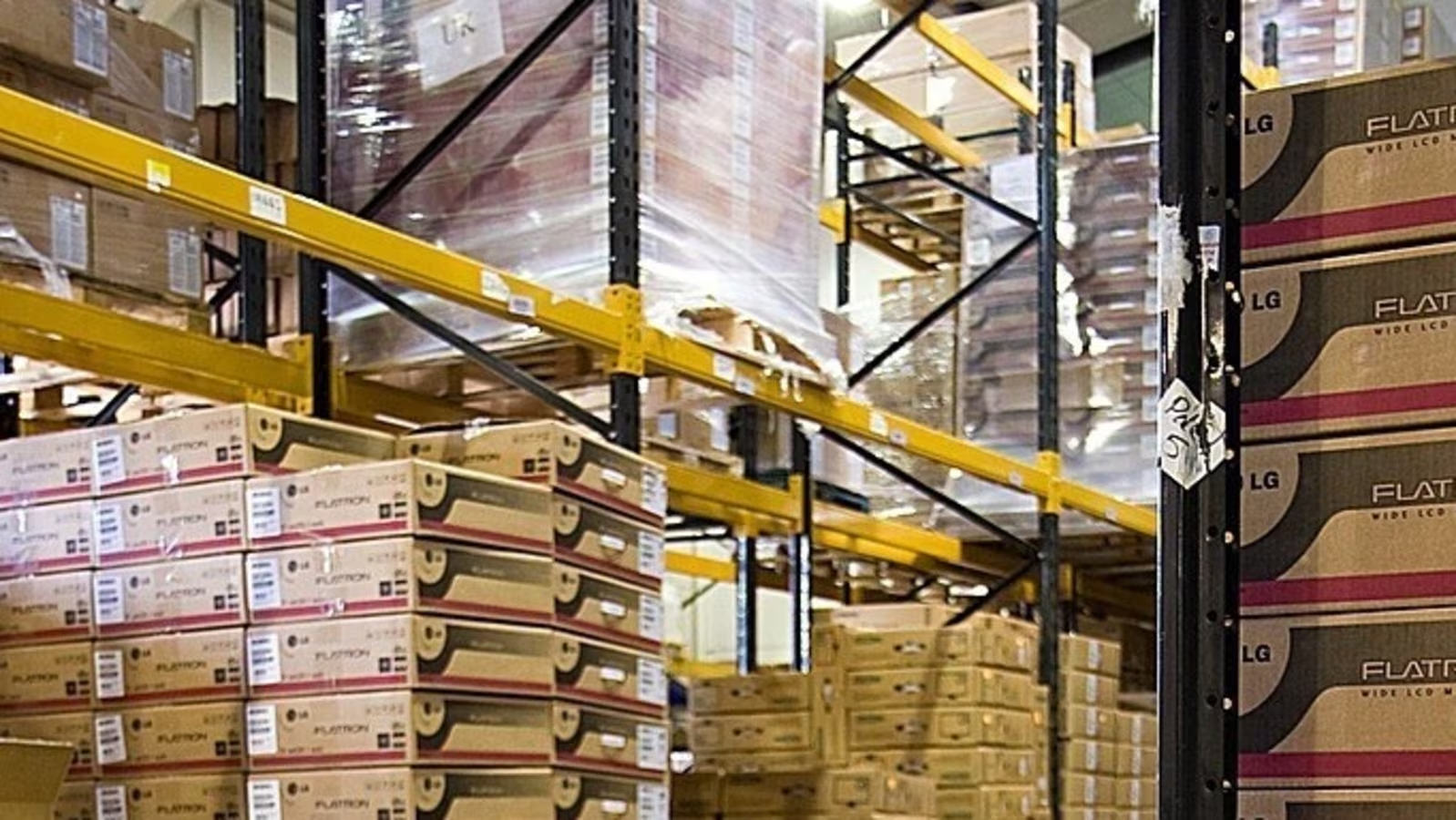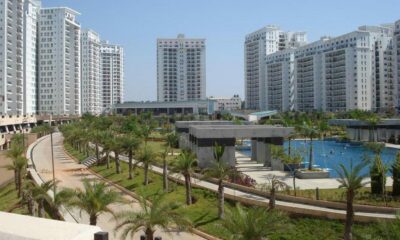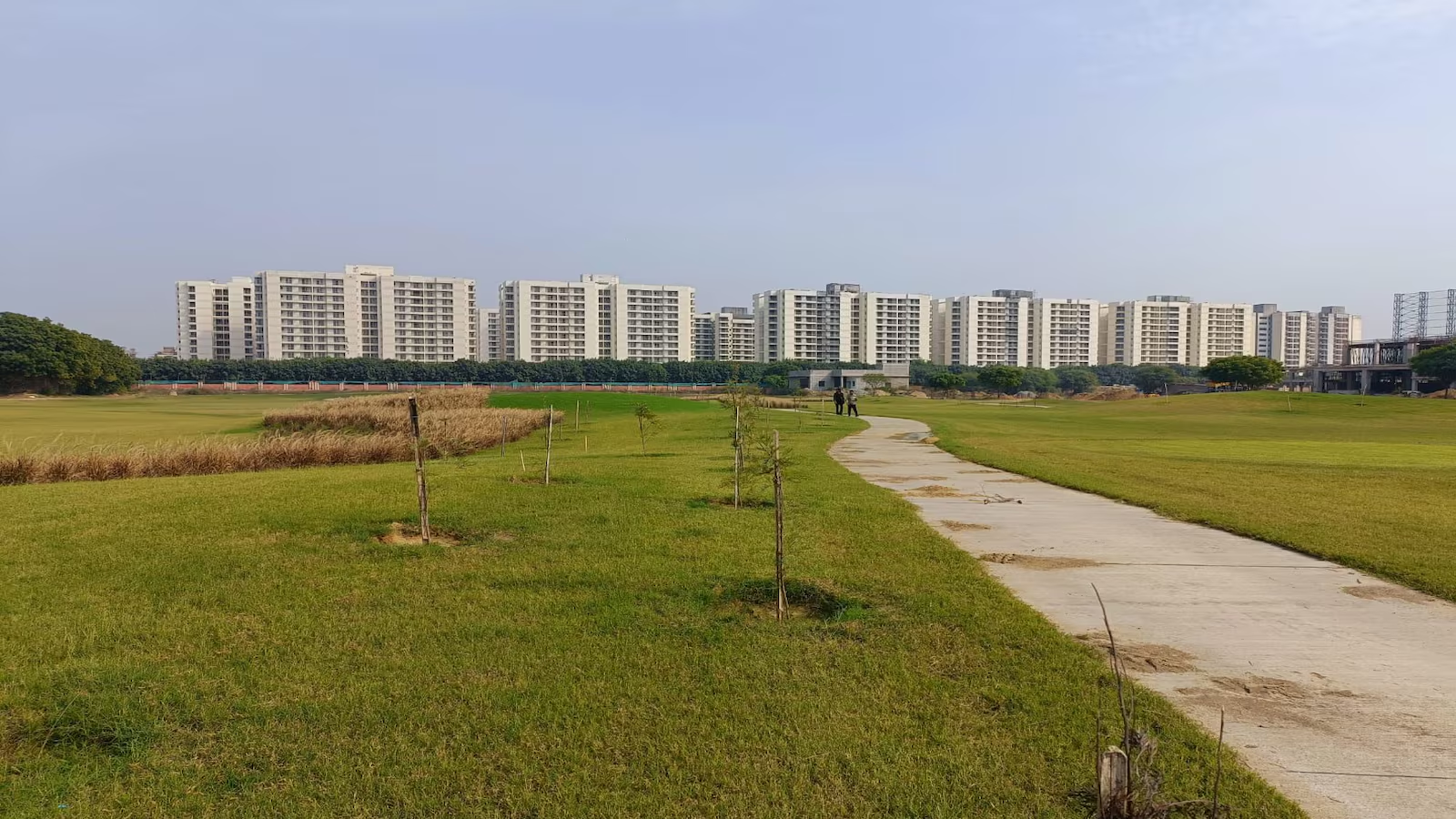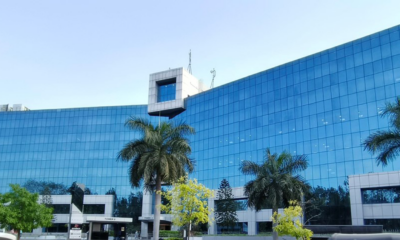Report
Office leasing in India up 15.5% across top 6 cities in 2021: Savills India report


December 29, 2021: Office space absorption across India’s six major cities stood at 36.9 mn sqft, recording a 15.5% increase in 2021. Meanwhile, new supply rose by 28% at 36.8 mn sqft when compared to 2020, as per data released by real estate advisory firm Savills India.
2020 (Mn Sqft) 2021 (Mn sqft) YoY Change Demand 32.0 36.9 15.5% Supply 28.9 36.8 27.7%
Source: Savills India Research
Other Key Data Points
- Bengaluru’s frontrunner position remains unchallenged despite the pandemic, as the city records 12.0 mn sq.ft. of absorption for the year and it was 54% ahead of the next largest market, NCR, which delivered a 7.8 mn sq.ft office absorption.
- The third placed market is Hyderabad with 5.7 mn sq.ft. Mumbai rises from the bottommost position among top-6 in 2020, to take the fourth place at 4.6 mn sq.ft.
- H2 2021 shows a remarkable growth, with Q3 2021 recording a high of 13.7 mn sq.ft. This is twice the average absorption of preceding five quarters from Q2-2020 till Q2-2021, which was 6.8 mn sq.ft.
- Q4 2021 recorded a healthy absorption of 10.0 mn sq.ft. This shows that demand has risen after remaining subdued from Q2-2020 till end of Q2-2021 – a period of almost 15 months.
- The Top-3 – Bengaluru, NCR & Hyderabad – maintain their dominance by clocking 69% of the overall demand between them. Only NCR and Mumbai recorded large annual growths in absorption of 79% and 61% respectively, whereas Hyderabad remained nearly flat.
| Gross Leasing Activity (mn sq ft) [1] | |||
| Cities | 2020 | 2021 | YOY change |
| Bengaluru | 11.4 | 12.0 | 5% |
| Chennai | 4.3 | 4.0 | -6% |
| Hyderabad | 5.5 | 5.7 | 4% |
| Mumbai | 2.9 | 4.6 | 61% |
| NCR | 4.3 | 7.8 | 79% |
| Pune | 3.6 | 2.9 | -21% |
| TOTAL | 32.0 | 36.9 | 15.5% |
Source: Savills India Research
“Although the second wave of the pandemic had slowed down the activity in parts of 2021, a strong rebound in the second half of the year has shown the inherent force of pent-up demand indicating comparatively better performance. The leasing and supply activity numbers across top cities in the country convey the depth of growth opportunity and Indian office market’s long-term potential. While one can argue that the emergence of a new variant of the virus has once again laid emphasis on the need to remain prepared for unpredictable event, but the caution being exercised at various levels will hopefully prevent any noticeable impact on the real estate market in 2022,” said Anurag Mathur, CEO, Savills India.
SECTORAL SPLIT: Coworking Picks up again, along with IT & BFSI
While IT continues to drive the office market with 49.2% share of total leasing in 2021, the return of co-working at about 13% was noteworthy. Banking, Financial Services and Insurance (BFSI) also maintained its pre-eminence at 15.2% share, an increase of about 3.0% from its 2020 performance. Engineering and manufacturing, another important segment of demand registered approx. 7.2% share of demand in 2021.
“Similar to 2020, IT remains the major driver of the office market in India. Co-working spaces have reinvented their offerings and repositioned themselves to suit the needs of occupiers. Sectors such as BFSI, co-working, real estate, have increased their share of the pie, giving hope that the Indian office market space has weathered the second wave and will come out stronger in 2022” said Arvind Nandan, Managing Director, Research and Consulting, Savills India.
Sector 2020 Share (%) 2021 Share (%) BFSI 12.3% 15.2% Consulting & Research 1.8% 1.9% Consumer Goods & Services 2.8% 0.9% Coworking 8.4% 12.7% Engineering & Manufacturing 12.7% 7.2% Healthcare 4.5% 4.3% IT 48.7% 49.2% Others 5.7% 5.9% Real Estate 0.3% 1.1% Transport & Logistics 2.6% 1.4%
Source: Savills India Research
SUPPLY, VACANCY & RENTS
Strong supply infusion was the theme across all four quarters of 2021. Conversely, 2020 had witnessed lower new completions in every quarter – an impact of the first wave of the pandemic. In fact, the cumulative quarterly supply in 2021 was consistently higher than the corresponding cumulative absorption in each of the four quarters, as seen in the comparison chart below.
Source: Savills India Research
Bengaluru, Hyderabad & NCR witnessed large supply infusions, however, Chennai had the smallest volume in 2021. The overall supply injection of 36.8 mn sq.ft denotes a significant 28% rise over the previous year.
New completions / New Supply Cities 2020 (mn Sqft) 2021 (mn sqft) YOY Change (mn sqft) Bengaluru 10.6 15.2 4.7 Chennai 3.6 0.9 -2.8 Hyderabad 7.7 8.6 0.9 Mumbai 1.5 2.5 0.9 NCR 5.1 6.6 1.5 Pune 0.3 3.1 2.8 Total 28.9 36.8 8.0
Source: Savills India Research
The overall vacancy levels on a pan-India scale have risen by a noticeable 6%, as a result of supply infusions, to 17.7% in 2021. This has helped keeping the rentals consistently stable during the year.
The rental value change across micro-markets varied within each city, with an average decline of about 5 to 7% Y-O-Y in most markets for the representative stock. However, in each market the top end rentals continued to be strong and even registered small scale increases.
The data released also highlights that private equity investment inflows into the Indian real estate sector stood at USD 3.4 billion in 2021, recording a decline of 48% Y-O-Y as investors adopted a cautious approach in likelihood of a new variant of COVID infection. The commercial office assets garnered about 47% share of the investment pie in 2021. Interestingly, the year also saw India’s maiden investment in the life sciences R&D asset in Hyderabad amounting to USD 100 million (INR 7.5bn). Industrial and Warehousing, and Residential segments saw 25% and 11% share of investments in 2021, respectively.
Savills India expects USD 4.2 billion of private equity investment in real estate in 2022 led by a strong rebound in the residential segment. PE institutional investment in the life sciences research and development real estate is expected to be about USD 18 billion over the next ten years as the life sciences industry continues to grow owing to favourable government policies, large skilled workforce, cost efficiencies, among other driving factors.
Private Equity Real Estate Investment India (USD mn) Q1 2021 Q2 2021 Q3 2021 Q4 2021 2021 2020 Q4 2021 QOQ 2021 YOY 1,864 865 477 218 3,424 6,600 -54% -48%
Source: Savills India Research
*Disclaimer*
The numbers represent the market as on Dec-29. Minor modifications to these for the eventual year end numbers, though unlikely, should not be completely ruled out.
-



 News3 weeks ago
News3 weeks agoKW Delhi 6 Mall Onboards New Brands
-



 News4 weeks ago
News4 weeks agoManasum Senior Living Launches IKIGAI GOA, A Senior Living Community in North Goa, in collaboration with Prescon Homes
-



 News2 weeks ago
News2 weeks agoGodrej Properties Sells Rs 3k cr+ Homes of Godrej Zenith, Gurugram, within 3 days
-



 News3 weeks ago
News3 weeks agoCommercial Realty Gets Tech Savvy: Fast Construction, Enhanced Convenience
-



 News4 weeks ago
News4 weeks agoBridging India Divide: Top 5 Tier- 2 Cities to Focus On
-



 News4 weeks ago
News4 weeks agoMultipoint Connection – A Definite Boon
-



 News3 weeks ago
News3 weeks agoRBI’s Status Quo on Key Policy Rates to Help Maintain the Real Estate Growth Momentum, Say Industry Stalwarts
-



 News1 week ago
News1 week agoOlive Announces Dhruv Kalro as Co-Founder




























